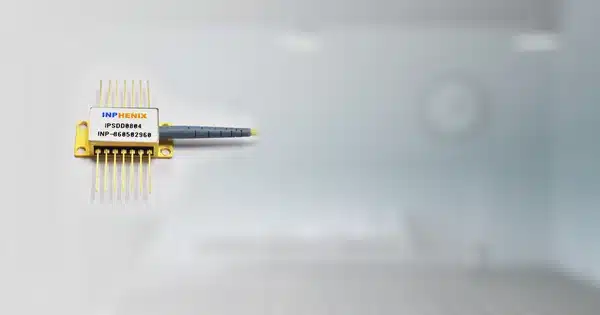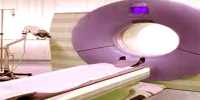A superluminescent diode (SLED or SLD) is a superluminescent edge-emitting semiconductor light source. It is a semiconductor light source that emits low-coherence, wideband light. It combines laser diodes’ high power and brightness with the low coherence of traditional light-emitting diodes. Its optical emission bandwidth, also known as full-width at half maximum, can range from 5 to 750 nm. SLDs are utilized in a variety of applications, the most common of which are optical coherence tomography (OCT) and optical sensing.
Here are some key characteristics and applications of Superluminescent Diodes:
- Broadband Light Emission: SLDs create light with a comparatively broad spectrum of wavelengths, as opposed to typical semiconductor lasers, which emit highly coherent and narrowband light. This broad spectrum is beneficial in a variety of applications requiring high-resolution imaging or sensing.
- Low Coherence: In comparison to lasers, SLDs exhibit low temporal coherence. This characteristic is useful in OCT systems because it aids in achieving high axial resolution by reducing interference effects.
- OCT (Optical Coherence Tomography): SLDs are often employed as light sources in OCT systems, which are non-invasive, high-resolution imaging technologies for biological tissues. SLDs’ low coherence aids in differentiating between tissue layers, making them appropriate for applications such as ophthalmology (retinal imaging), cardiology (artery imaging), and dermatology (skin imaging).
- Optical Sensing: SLDs are also used in various optical sensing applications, including spectroscopy, interferometry, and fiber optic gyroscopes. The broadband emission of SLDs can be advantageous in spectroscopy for covering a wide range of wavelengths for analyzing different materials.
- Communication: While not as common as traditional laser diodes in optical communication systems, SLDs have been used in some niche applications where their characteristics are beneficial. For example, they can be used in optical coherence domain reflectometry (OCDR) for fiber optic network testing and maintenance.
- Biomedical Imaging: SLDs have found use in biomedical imaging modalities other than OCT, such as confocal microscopy and endoscopy.
- Sensing in Hostile Environments: SLDs are suitable for sensing applications in tough settings, such as oil and gas exploration or aircraft, because to their dependability and robustness.
SLDs provide a compromise between the coherence of classic laser diodes and the broadband emission of light-emitting diodes (LEDs), making them well-suited for applications that require high-resolution imaging as well as the ability to penetrate or interact with diverse materials.















